If your child is born with sickle cell in the United States, chances are good (95-99%) that he or she will survive to adulthood. That is not the case for a child born with sickle cell in Uganda or other African nations. Why the difference?
As Dr. Russell Ware explains, it’s a matter of geography and lack of preventive care. As the director of Hematology at Cincinnati Children’s, he has dedicated his life’s work to understanding and preventing the disease, but up until recently, only in the United States.
Only one percent of the world’s sickle cell patients are born in North America, and he wanted to gain a better understanding and make a bigger impact for patients with the disease.
He embarked upon understanding the impact of the disease in Uganda because sub-Saharan Africa is where the disease originated, where the gene mutation first occurred, and where most of the patients are.
It took several trips to Africa for him to realize how little was being done in a place where the incidence of the disease was so great.
In February 2014 Dr. Ware and a team from Cincinnati Children’s partnered with the Ugandan Ministry of Health to form the Ugandan Sickle Surveillance Study (US3), as a way to identify sickle cell in one of the areas of the world most affected by the disease and least equipped to handle it.
After spending time in Uganda, Ware learned about the Early Infant Diagnosis (EID) program to combat high rates of HIV infection in babies. The program collects and tests 100,000 blood samples each year from infants born to HIV-infected mothers. After the samples are analyzed for HIV, they’re thrown away.
Ware saw this as an opportunity to use the same cards to test for sickle cell to get an idea of the burden and distribution of disease across the country.
He and his team worked with Ugandan Ministry of Health officials and staff of Makarere University in Kampala to make it happen. The result is the US3 study.
After just five months, the US3 study has pinpointed four areas in Uganda where the incidence of sickle cell is highest. Ware and his team are working on next steps for when the surveillance study wraps up this February.
“Once children are identified as having sickle cell, getting proper treatment to them is the essential next step”, says Dr. Patrick McGann, a Cincinnati Children’s hematologist who is working with Ware on another study in Africa of treatment for sickle cell.
The two hope to use US3 data to convince government officials and funding organizations of the scope of the sickle cell problem, and the difference treatment can make.
“It doesn’t take expensive medicines to make sickle cell better,” says McGann. “What these babies need are routine vaccinations and prophylactic penicillin. Those two steps will prevent a huge number of deaths. Without that, it is estimated that 50 to 80 percent of the babies will die in the first couple years of life.”
Identifying children with sickle cell and providing them with routine vaccinations and penicillin helps prevent much of the mortality of sickle cell disease. But it does not change the course of the disease or prevent its painful, crippling complications. Currently the only medicine that spares children those side effects is hydroxyurea.
Dr. Ware has researched the benefits of hydroxyurea for several decades. The drug boosts production of fetal hemoglobin, which protects blood cells from sickling. Typically, babies stop producing fetal hemoglobin during the first year of life.
Drs. Ware and McGann are leading a study called REACH to evaluate the safety and efficacy of hydroxyurea in three African nations the Congo, Kenya and Angola. The four-year study will enroll 600 children.
The drug has proven safe even for very young children — in fact, the NIH will revise treatment guidelines this year to include hydroxyurea as standard treatment for children with sickle cell disease.
TRANSFORMING LIVES HERE AT HOME
Hydroxyurea is not a new drug, but research demonstrating its value and minimal risks for younger children is relatively recent. The latest recommendations support administering the drug to children as young as 9 months if they have three or more pain crises per year from sickle cell disease.
Sonya Moore has seen how hydroxyurea improved life for her 12-year-old daughter, Shanoah, who was diagnosed with sickle cell disease shortly after birth. “She was in the hospital about three or four times a year and on antibiotics and pain medications around the clock for two or three days at a time,” Sonya says.
At age 5, after another hospital stay to control a pain crisis, Shanoah started taking hydroxyurea. “It has been a godsend for her,” Sonya says. “Day to day, you would not know she has sickle cell. She’s bubbly, bright and active. She’s a cheerleader. She’s taking gymnastics.”
Since taking hydroxyurea, Shanoah has had far fewer hospitalizations. She has needed only five blood transfusions in her lifetime; many children her age with sickle cell require monthly blood transfusions.
Editor’s note: This story was adapted from the Cincinnati Children’s 2014 Annual Report. For more stories that highlight our research advancements and work to improve outcomes for children here and around the world, please read the full report.

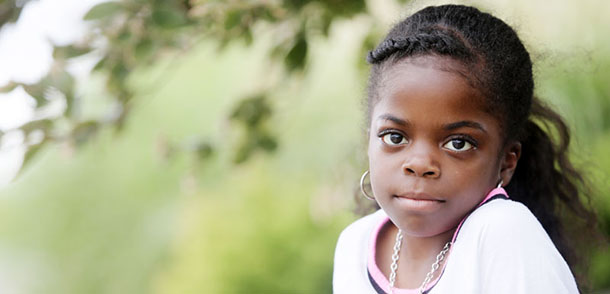

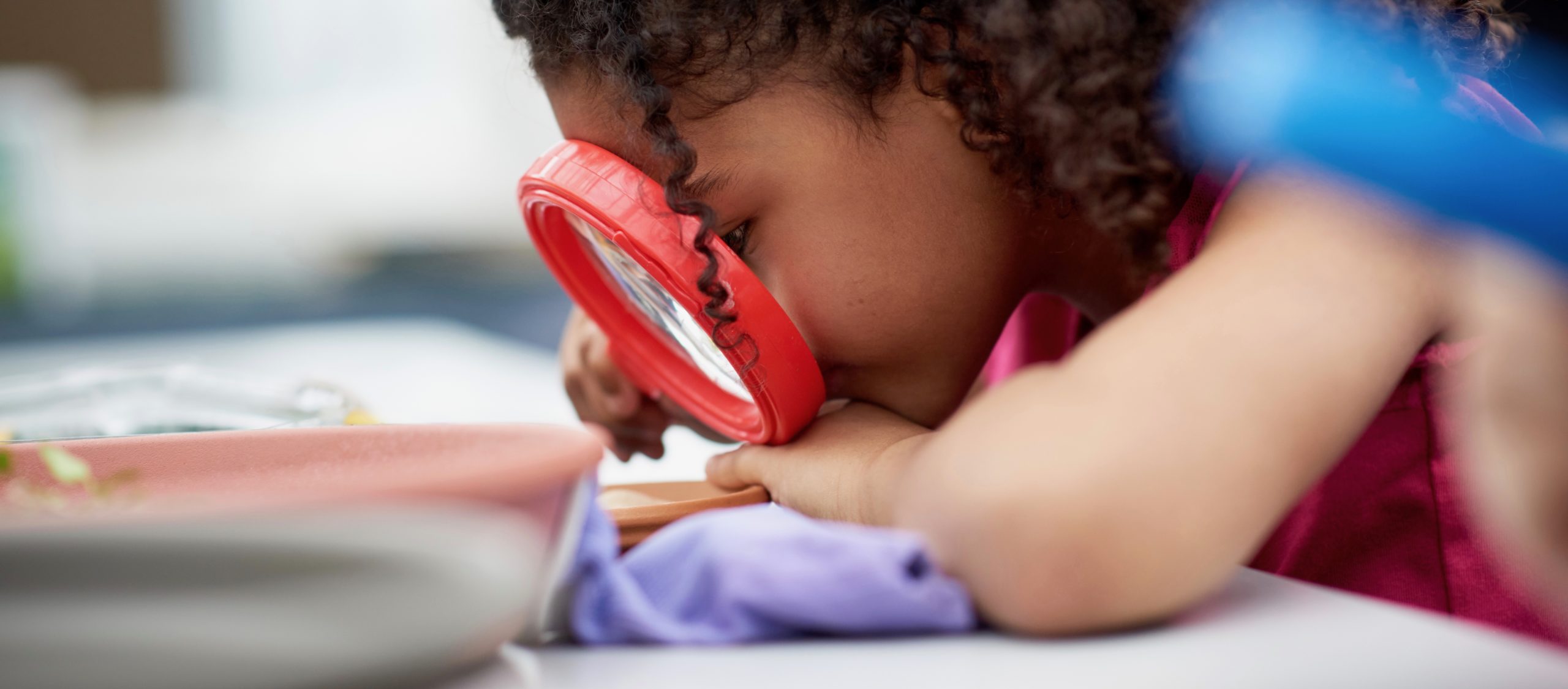
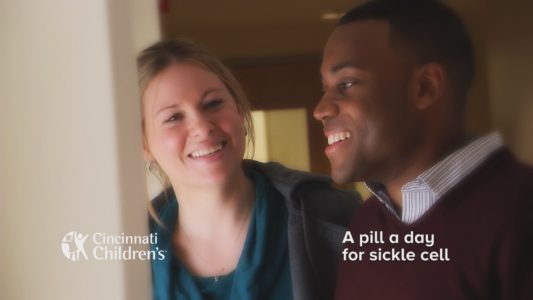
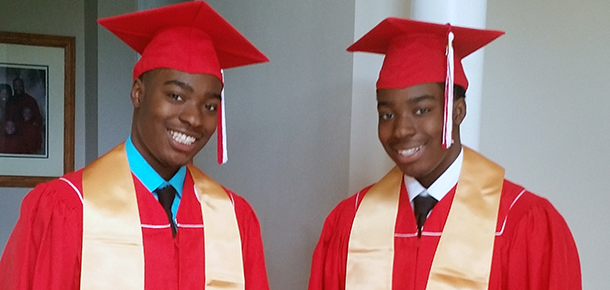
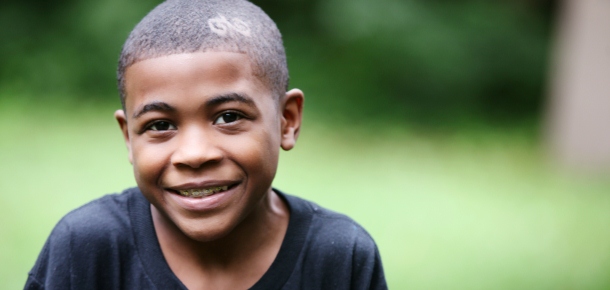

My first child was diagnosed with this condition at the age of 4 months. I was lucky enough to get a doctor who could diagnose him and therefore get onto early treatment. However I feel we need more advocacy to inform people about this condition. neither I or my wife knew about our state as carriers of the disease. ……